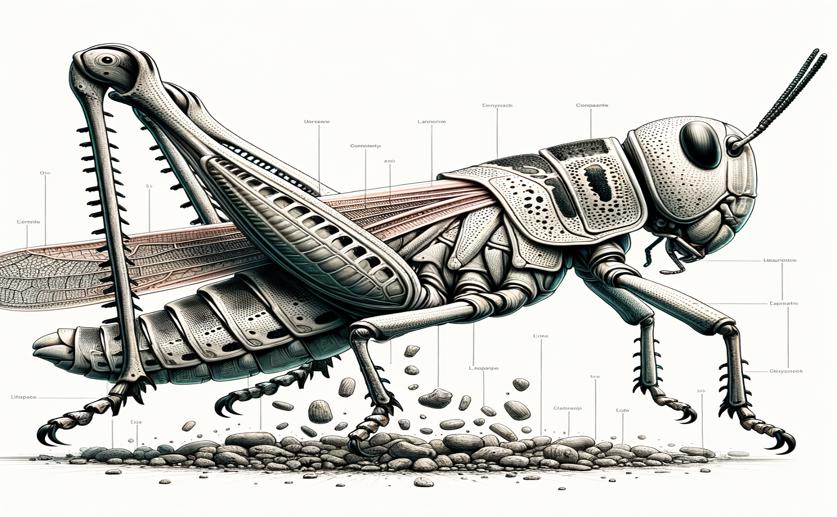
How Female Locusts Use Different Parts of Their Bodies for Digging
Jim Crocker
1st June, 2024

Image Source: Natural Science News, 2024
Key Findings
- Researchers at Tel-Aviv University studied the specialized digging apparatus of female locusts
- The locust's ventral valves act as anchors, stabilizing the locust during digging
- The dorsal valves displace soil and shape the tunnel for egg deposition, ensuring the eggs are securely buried
BiochemAnimal ScienceEvolution
References
Main Study
1) Asymmetry between the dorsal and ventral digging valves of the female locust: function and mechanics
Published 31st May, 2024
https://doi.org/10.1186/s12915-024-01930-0
Related Studies
2) On the origin of grasshopper oviposition behavior: structural homology in pregenital and genital motor systems.
3) The biomechanics of ultra-stretchable nerves.
4) Biomechanical Evaluation of Wasp and Honeybee Stingers.
5) Biomechanics of substrate boring by fig wasps.



 30th May, 2024 | Jim Crocker
30th May, 2024 | Jim Crocker